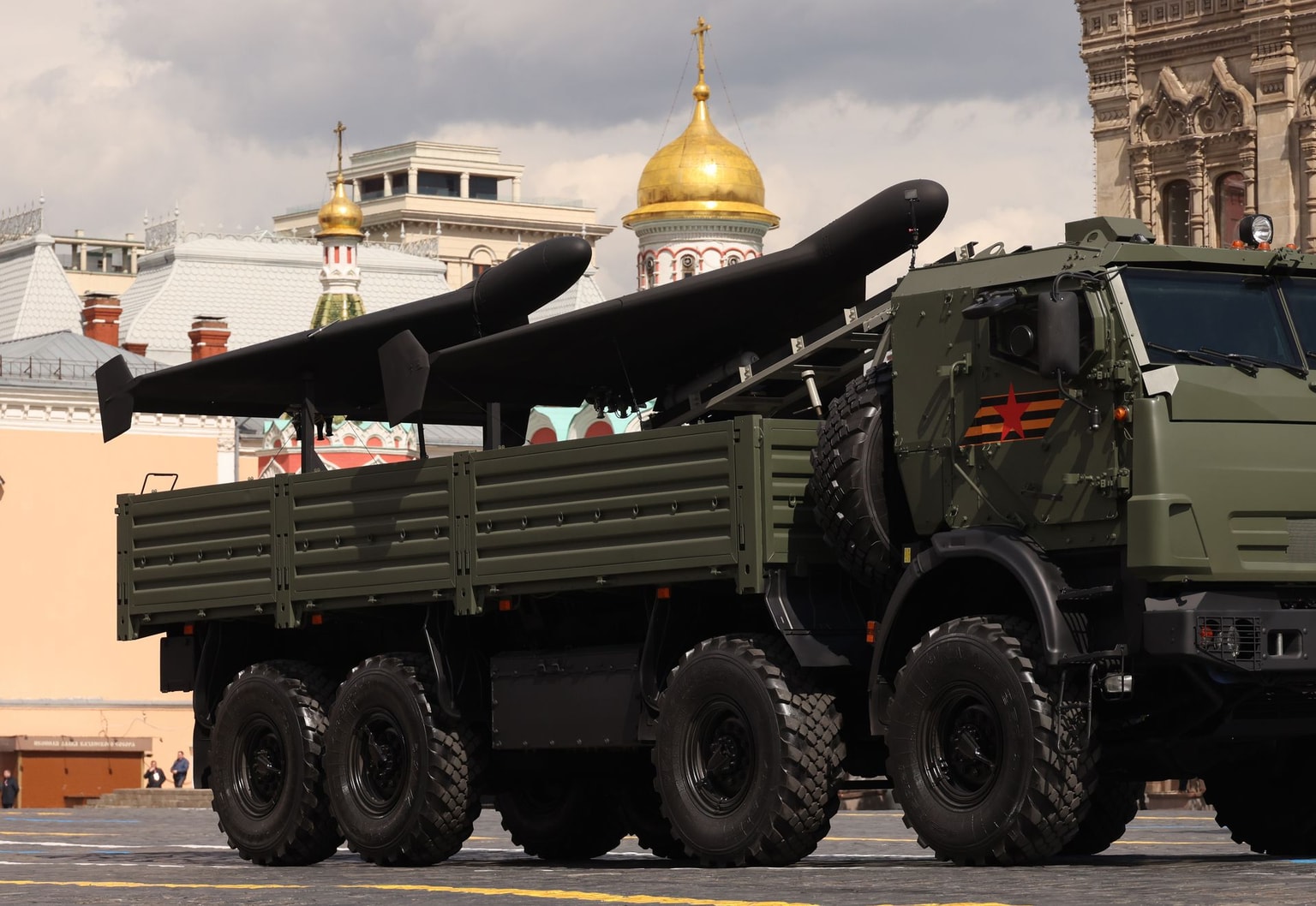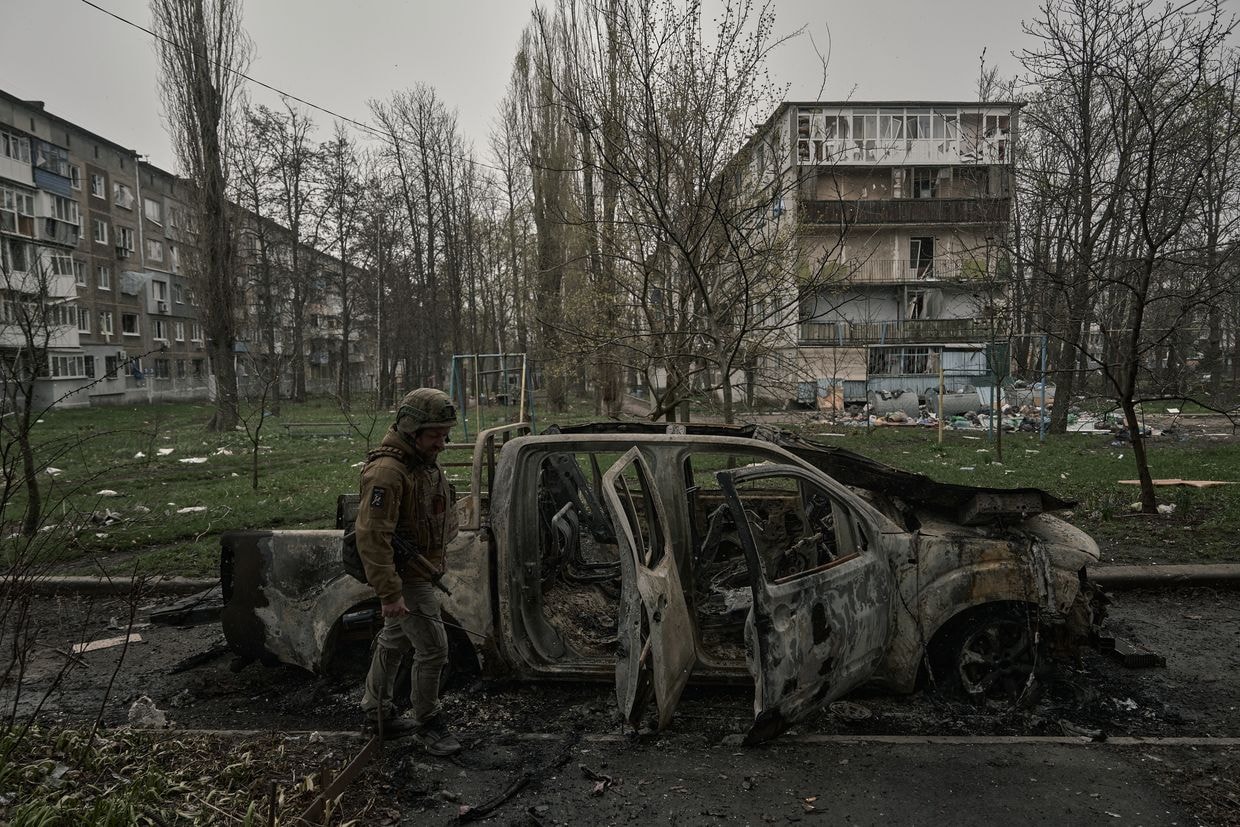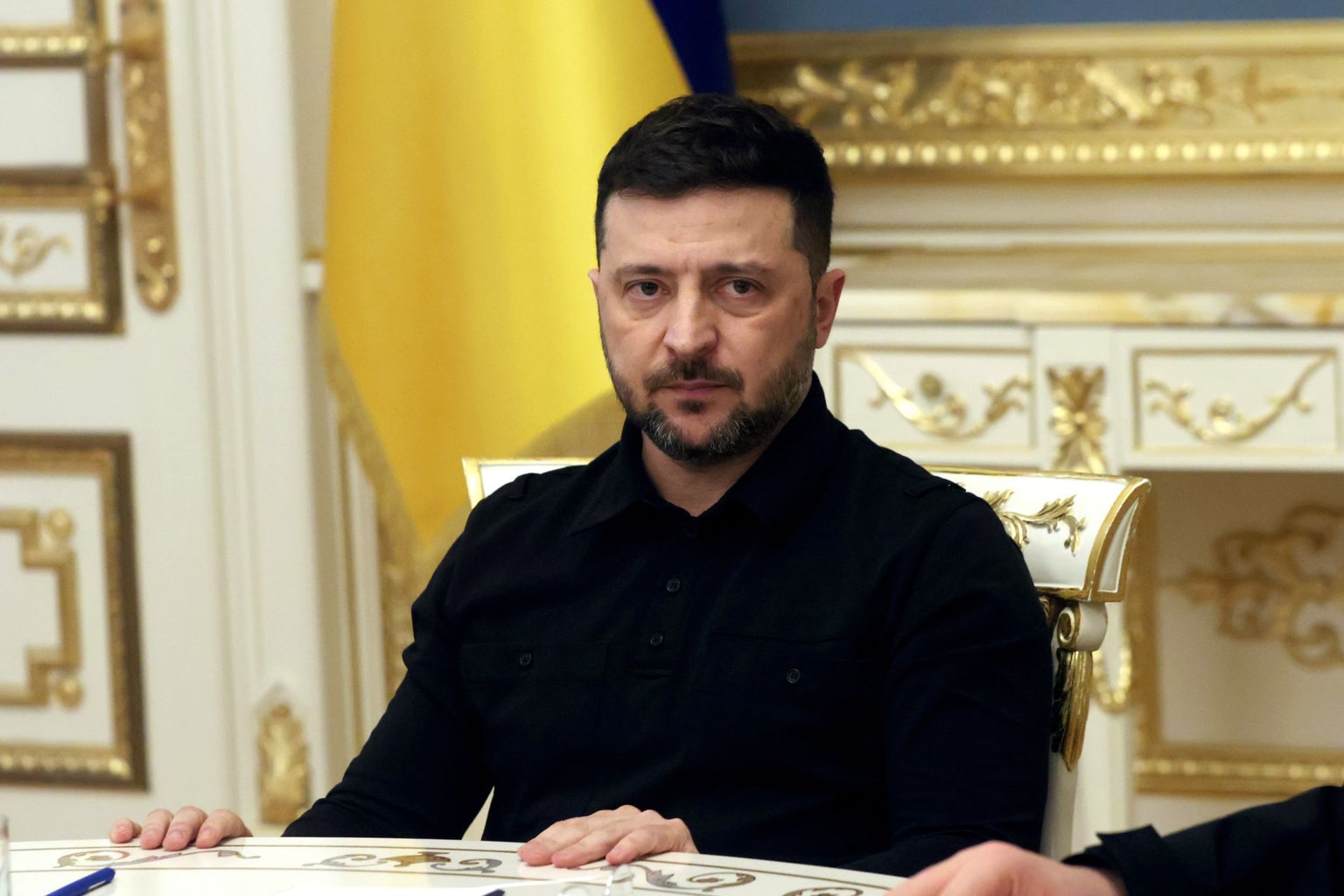Ukraine news
News Feed
Congress votes to reopen government after longest shutdown in US history
The U.S. House of Representatives passed legislation on Nov. 12 to reopen the federal government and end a 43-day shutdown, the longest in U.S. history, multiple outlets reported.

Prosecutors describe influence-peddling network in Ukraine's biggest graft case
The hearings were held after the National Anti-Corruption Bureau (NABU) charged eight suspects with bribery, abuse of office, and illicit enrichment in a large-scale corruption case involving the state nuclear power company Energoatom on Nov. 11.

Biggest corruption scandal of Zelensky’s presidency is in his own ranks
During his presidential campaign, Volodymyr Zelensky highlighted two key failings of then-President Petro Poroshenko: corruption and nepotism. Six years into his own presidency, Zelensky has found himself on the receiving end of the exact same criticism, drowning in a corruption scandal. These days, Ukraine is being rocked by the largest corruption scandal of Zelensky’s term. At its center is a close associate of Zelensky — Timur Mindich, his former business partner, co-owner of the Kvartal 95

Two Ukrainian ministers implicated in major corruption scandal step down
Halushchenko is being investigated by the National Anti-Corruption Bureau (NABU) as part of a large-scale corruption case into Energoatom involving Timur Mindich, a close associate of President Volodymyr Zelensky.

Brazilian fighter on South American crime links to foreign volunteers in Ukraine
The Kyiv Independent’s Jared Goyette sat down with Brazilian volunteer fighter Everson Neves about his experience of fighting for Ukraine and the growing concerns over South American soldiers and their possible links to organized crime.

Analysis: With all eyes on Pokrovsk, Russia drives forward in Zaporizhzhia Oblast
While Ukraine, Russia, and the world have been watching the dramatic final act of the Battle of Pokrovsk unfold, Russian gains in the eastern parts of Zaporizhzhia and Dnipropetrovsk oblasts — a section of the frontline that has been dynamic but chronically overlooked — have picked up speed. On November 11th, the same day that Russia’s wretched Mad Max–style convoy of troops was filmed entering Pokrovsk through the fog, the Ukrainian military announced its withdrawal from five villages north of

About Ukraine
The Kyiv Independent delivers reliable news, context, and on-the-ground reporting from Ukraine. The largest country located entirely in Europe, Ukrainian territory covers 603,628 square kilometers (233,062 square miles), and is bordered by bordered by seven countries, namely Russia, Belarus, Poland, Slovakia, Hungary, Romania, and Moldova. Ukraine traces its history back to the medieval state of Kyivan Rus.
Most Popular
Get more news like this directly to your inbox every week by subscribing to our Ukraine Business Roundup newsletter. A London court ordered Ukrainian oligarchs Ihor Kolomoisky and Hennadiy Boholyubov to pay more than $3 billion in damages and costs on Nov. 10, marking a major milestone in an almost decade-long saga revolving around once Ukraine's most powerful oligarch. The decision concerns a case involving Ukraine's largest bank, PrivatBank, which the two oligarchs owned before it was nation
Editors' Picks

Everything you need to know about Ukraine's ongoing corruption scandal involving a nuclear power company and top officials

The cost of war: Is Russia running out of money to continue the fight?

Who is Timur Mindich, Zelensky's secretive associate at the center of a major corruption probe?



















